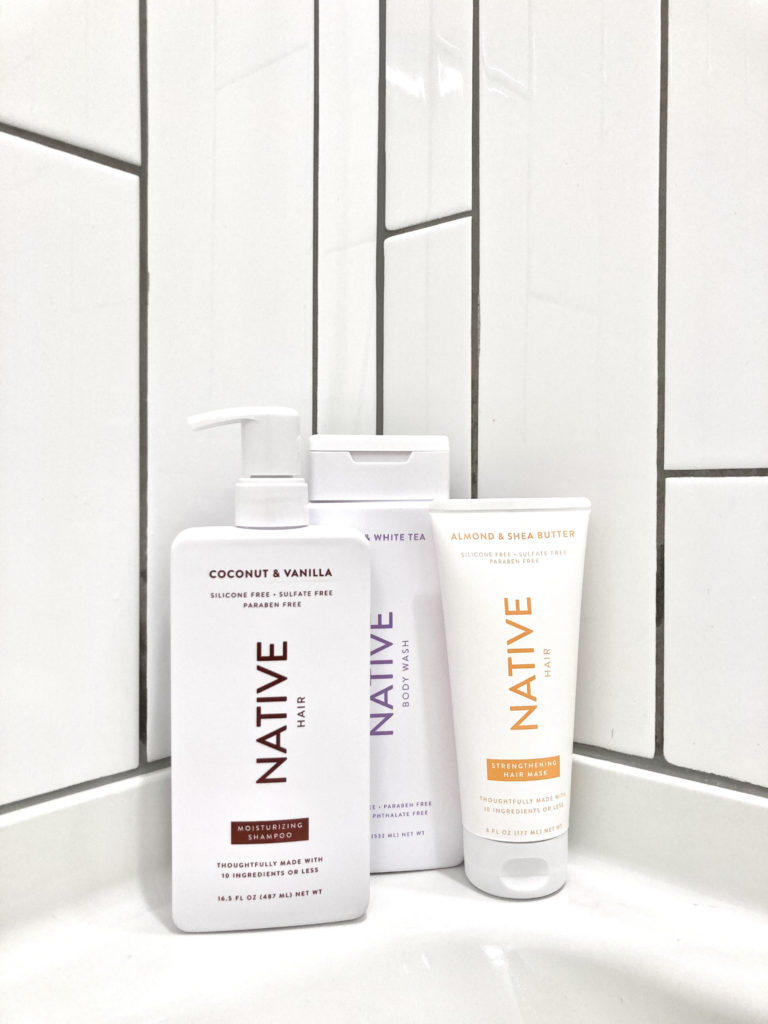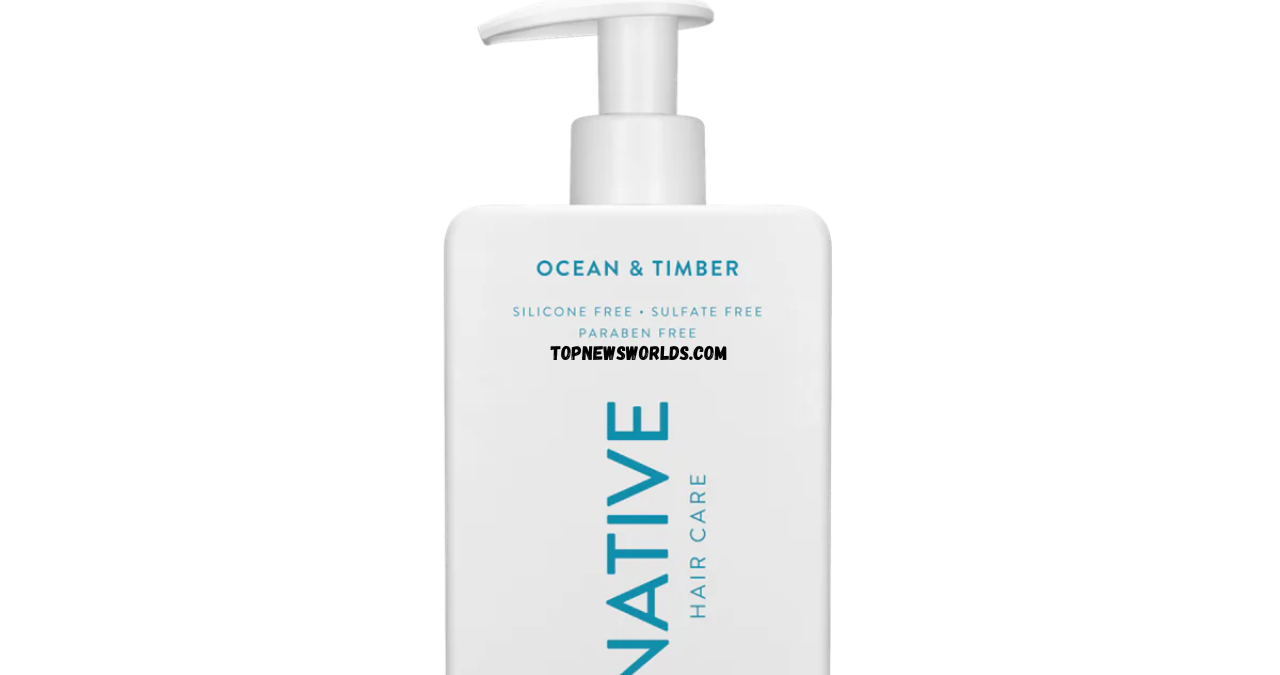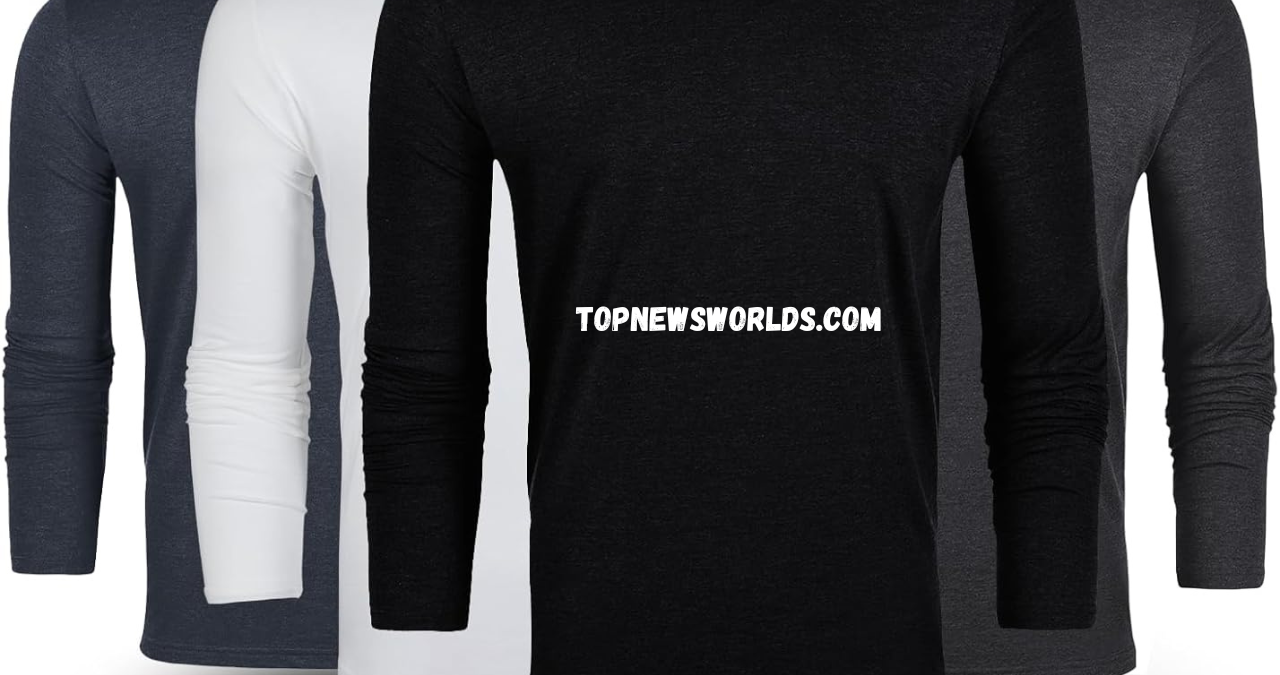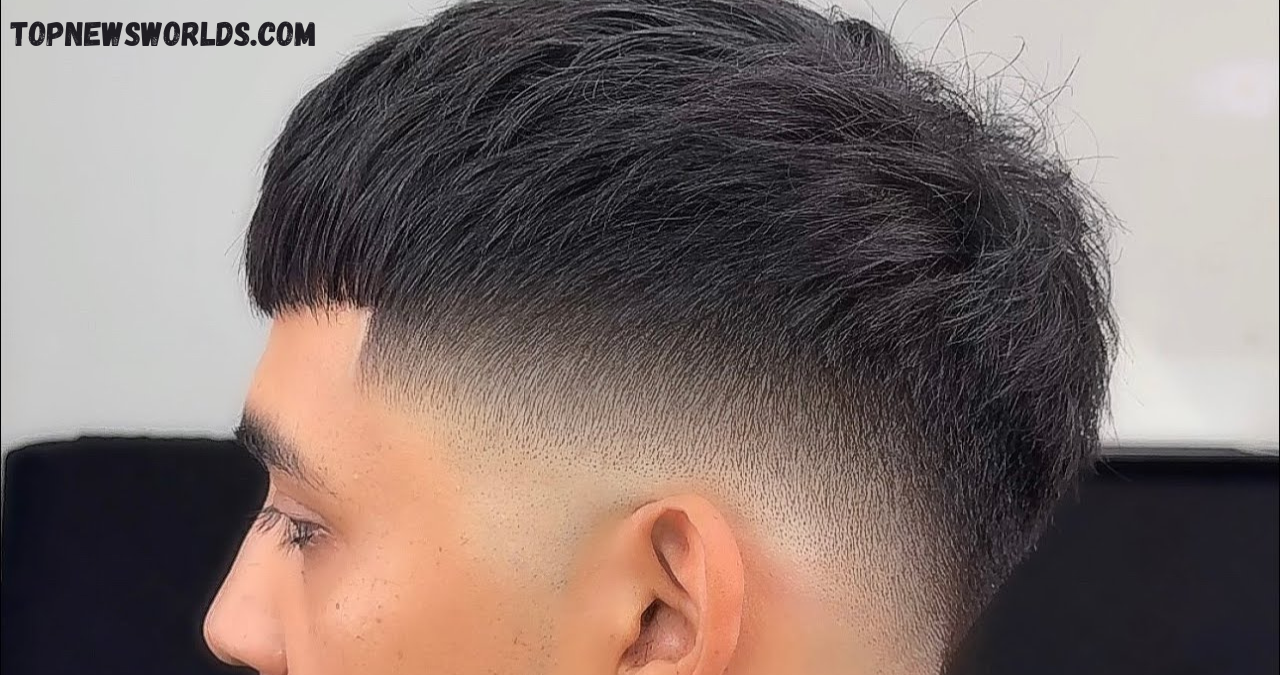In a world where consumers are Native Shampoo increasingly conscious about what they put in—and on—their bodies, the rise of natural personal care products is impossible to ignore. One name that has gained significant traction in the clean beauty space is Native Shampoo. Known for its minimalist branding and bold promises, Native has positioned itself as a go-to solution for those looking to ditch harsh chemicals in favor of gentle, plant-based alternatives.
But is Native Shampoo really worth the hype, or is it just another fleeting trend in the wellness industry? With thousands of reviews, impressive shelf presence in big-name retailers, and a social media following that swears by its effectiveness, Native Shampoo seems to be ticking all the right boxes. The bigger question remains—does it deliver real results for real people?
In this article, we’ll take a comprehensive look at Native Shampoo—from its ingredient list to its performance across different hair types. We’ll also delve into real user experiences, ethical practices, and how it stacks up against competitors. Whether you’re a die-hard natural beauty enthusiast or simply curious about trying a sulfate-free shampoo, this guide will help you determine if Native Shampoo deserves a spot in your shower routine.
What is Native Shampoo?
Founded in 2015, Native started as a personal care company primarily known for its natural deodorants. The brand quickly gained a loyal following due to its transparent ingredient sourcing, sustainability mission, and commitment to cruelty-free practices. Native’s expansion into haircare, including shampoos and conditioners, was a natural progression that aligned with its philosophy of offering clean alternatives without compromising on performance.
What sets Native apart is its dedication to simplicity. With a short list of recognizable ingredients and an emphasis on transparency, the brand attracts consumers who are tired of decoding the back of shampoo bottles filled with chemical jargon. Native’s ethos revolves around products that are “safe, effective, and thoughtfully made.” This guiding principle is visible not only in its formulations but also in its branding and marketing strategy.
Ingredients Spotlight
Native Shampoo prides itself on what it leaves out as much as what it includes. Free from sulfates, parabens, phthalates, silicones, and synthetic dyes, the shampoo relies on naturally derived ingredients such as coconut oil, shea butter, and citric acid. These components are known for their hydrating and cleansing properties, making the shampoo gentle yet effective.
Fragrance is another area where Native shines. Its range includes deliciously unique scents like Coconut & Vanilla, Cucumber & Mint, and Almond & Shea Butter, all derived from natural sources. For those with sensitive scalps or fragrance sensitivities, Native also offers unscented versions—proving the brand’s inclusivity in catering to a wide variety of needs.
How Does Native Shampoo Work?
Traditional shampoos often contain sulfates—powerful cleansing agents that produce rich lather but can also strip the hair of its natural oils. Native Shampoo uses a sulfate-free formula, which relies on milder cleansers like sodium cocoyl isethionate, derived from coconut oil. This makes it an ideal choice for individuals seeking a gentler cleanse that won’t dry out the scalp or damage hair follicles over time.
While it may not foam as vigorously as conventional shampoos, Native still offers a satisfying cleanse. The shampoo balances oil production without over-drying, making it suitable for daily use. It also helps maintain the natural lipid layer of your scalp, reducing the likelihood of flaking or irritation—a common issue with chemical-heavy products.
Hair Type Suitability
One of the biggest draws of Native Shampoo is its versatility. Whether you have dry, oily, curly, fine, or color-treated hair, Native offers targeted formulations to suit diverse hair needs. For curly hair types, the shampoo’s moisture-retaining properties help maintain curl definition without frizz. For those with fine hair, the lightweight formula adds volume without weighing strands down.
Color-treated hair often requires special care, and Native’s gentle ingredients make it a safe option that won’t strip away dye or cause premature fading. However, those with extremely dry or textured hair may want to pair the shampoo with a richer conditioner or hair mask to boost hydration further.
Transition Period: Fact or Myth?
Switching from a traditional shampoo to a natural alternative like Native can come with a brief “transition phase.” During this time, some users report greasiness, dryness, or flatness as the scalp adjusts. This isn’t a flaw in the product but rather a detox from previous buildup caused by silicones and sulfates.
Experts recommend being patient—typically, this phase lasts 2 to 3 weeks. Using a clarifying rinse (like apple cider vinegar) once a week during the transition can also help eliminate residual buildup and accelerate the adaptation process.
User Experiences and Reviews
Native Shampoo has amassed a vast library of online reviews, with many users praising its natural scent profiles, gentle cleanse, and scalp-soothing effects. On platforms like Amazon and Target, it holds consistently high ratings. Common praises include its non-drying effect, lack of residue, and noticeable improvement in scalp health over time.
However, no product is universally loved. Some reviewers have noted that the shampoo may not lather enough for their liking or that they needed to double-wash to feel fully cleansed—especially those with oily or heavily styled hair. Still, the overwhelming majority of feedback leans positive, particularly among users with sensitive skin.
Dermatologist & Haircare Professional Insights

Dermatologists and haircare experts have generally given Native Shampoo a green light, especially for those with scalp sensitivities or allergies to common commercial ingredients. The lack of sulfates and parabens makes it a solid choice for maintaining the scalp’s natural balance and preventing inflammation.
Professionals also appreciate the brand’s ingredient transparency and its use of plant-based surfactants. While Native may not offer the deep conditioning benefits of salon-grade shampoos, it provides a solid everyday cleanse with significantly less risk of long-term damage.
Sustainability and Ethical Practices
Sustainability is a cornerstone of Native’s brand identity. Their bottles are made from recycled plastic, and the company encourages consumers to recycle after use. Recently, Native has also launched plastic-free shampoo and conditioner bars, reducing reliance on single-use packaging and offering a zero-waste option for environmentally conscious users.
Cruelty-Free and Vegan Claims
Native is 100% cruelty-free and vegan, meaning no animal testing or animal-derived ingredients are involved in its production. This commitment is certified by independent organizations and clearly communicated on all packaging—something conscious shoppers actively seek in today’s ethical consumer landscape.
Corporate Responsibility and Transparency
Native frequently updates its website and social channels with information about ingredient sourcing, community partnerships, and environmental goals. This level of transparency fosters trust and distinguishes the brand from competitors that often use greenwashing tactics without true accountability.
Conclusion
Native Shampoo isn’t just a trend—it’s part of a broader shift toward conscious, clean beauty. With its plant-based ingredients, ethical practices, and user-friendly design, it delivers a holistic haircare experience for modern consumers. While results may vary depending on hair type and individual needs, Native offers a promising alternative to harsh, chemical-laden shampoos.
Whether you’re aiming to simplify your beauty routine, treat a sensitive scalp, or reduce your environmental footprint, Native Shampoo makes a compelling case. It’s more than just a bottle on your bathroom shelf—it’s a small but significant step toward healthier, more mindful self-care.
FAQs
Is Native Shampoo good for color-treated hair?
Yes, Native’s sulfate-free formula is gentle enough for color-treated hair and won’t strip away dye.
Can men use Native Shampoo, or is it only for women?
Absolutely. Native Shampoo is unisex, with scent profiles and formulas that appeal to all genders.
How long does it take to see results with Native Shampoo?
Most users notice improvements within 2–3 weeks, especially after the scalp adjusts during the transition period.
Does Native Shampoo help with dandruff or scalp issues?
While not a medicated shampoo, its gentle ingredients can soothe irritated or dry scalps, potentially reducing flaking.
Is there a fragrance-free version of Native Shampoo?
Yes, Native offers an unscented shampoo that’s ideal for those with allergies or fragrance sensitivities.
You May Also Read: https://topnewsworlds.com/fapelli/




